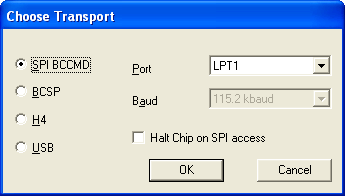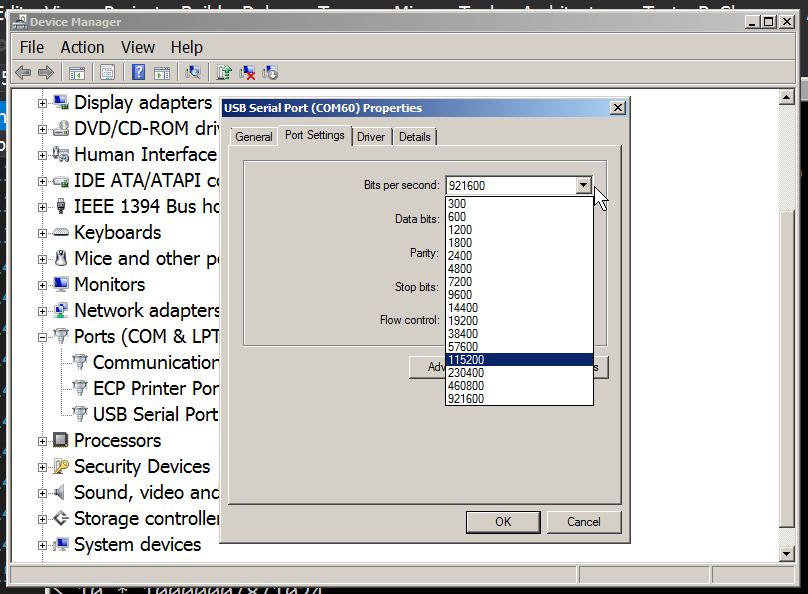
It worked very well, with minor inconveniences: for me, it worked only with a low baud rate. Then using the pyupdi python script, the program can be flashed. As it turns out, the UPDI protocol can be implemented using a simple USB-Serial adapter by connecting the TX and RX lines with a resistor. Alas, I feared that I would need a special programmer. One advantage of it is, that it uses only a single pin (in addition to ground and Vcc naturally).
#Bluesuite baud rates series
One thing to note is that the ATtin圓216 (like all members of the new tiny-1 series afaik) uses a new programming interface called **UPDI** instead of the the old **ISP**. Additionally, a small pushbutton and an LED are connected to the GPIO pins. The ADX元45 accelerometer is connected via SPI. The ATtin圓216's UART lines are connected to the RN4871/I module. Soldering the module by hand turned out a bit tricky because of the fine pitch of the pins, but in the end it turned out ok. Instead I added a cutout in the PCB beneath the antenna area. In my case I didn't do that because I wanted the PCB to be round. Additionally, the datasheet advises to let the antenna side of the module stand out of the PCB for better performance. There are areas beneath the module that shouldn't be filled with a ground plane, luckily in the KiCAD library the component was already available and the footprint was correct.

During the PCB layout, it was necessary to respect some special requirements. The module is mounted on the PCB with castellated pads.

This way we can minimize power-consumption drastically. Using the wakeup-pin, we can put the RN4871/I to sleep and wake it up if we need to. Additionaly the reset-pin and the wakeup-pin of the module are driven by the microcontroller. It communicates with the ATtin圓216 via UART with commands (like using the terminal on the PC). This module provides the BLE communication for *BLEthingy*. In this part I'll talk about the hardware design of the device. Another feature I wanted to include is motion detection, for this purpose an accelerometer ADX元45 is used. Despite the name, it's very different than the previous ATtiny's (like the ATtiny85, ATtiny13 etc.) and has a lot more features and peripherals. The microcontroller used is an ATtin圓216 which is part of Microchip's new tiny-1 series. It communicates via UART with the main microcontroller. The BLE functionality is provided by a RN4871/I module.
#Bluesuite baud rates Bluetooth
Wireless connectivity is provided via Bluetooth Low Energy (BLE), which allows for low-power transmissions e.g. The device is powered by a CR2032 coin cell battery and is designed to consume as little power as possible. *BLEthingy* is a battery-powered, wireless sensor node device.


 0 kommentar(er)
0 kommentar(er)
